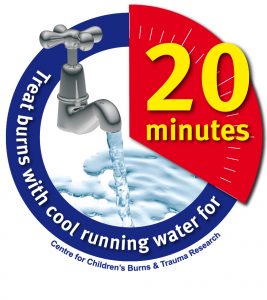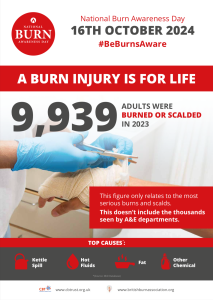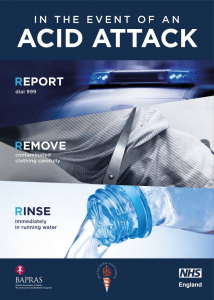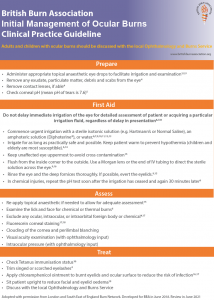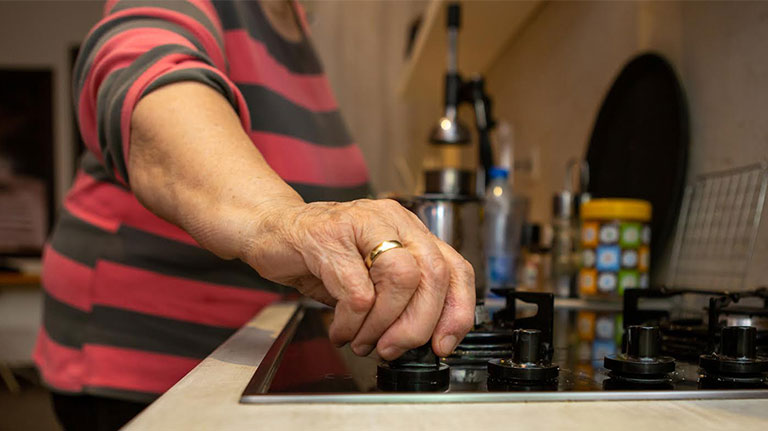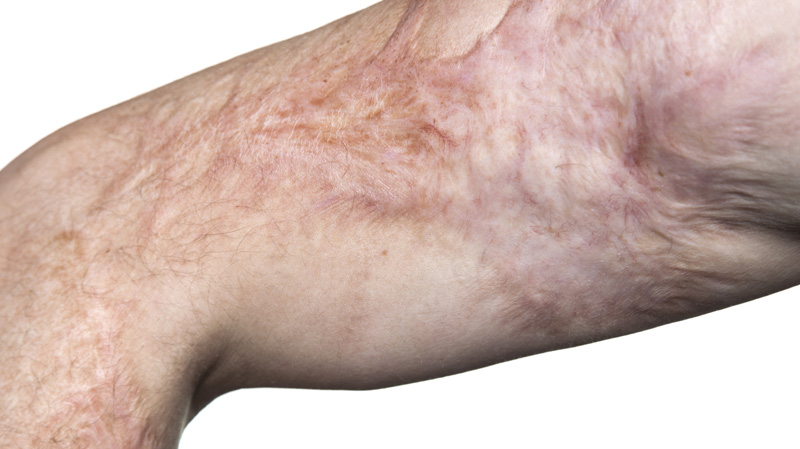STOP the burning process
Remove person/s from the source of the burn, once safe to do so
Extinguish burning clothing using water or the ‘Stop, Drop and Roll’ method
STOP where you are
DROP to the ground and cover your eyes and mouth with your hands
ROLL over and back and forth until the flames are out
Isolate electrical power sources, if safe to do so before attempting rescue
Avoid chemical cross-contamination
REMOVE clothing and jewellery
Remove any burned/contaminated/damp/constricting clothing, if able to do so
Remove any nappies, jewellery and contact lenses near burned area, if able to do so
Leave any molten/adherent clothing
COOL the burn with cool running water
Cool the burn immediately with cool or lukewarm running water for 20 minutes and within 3 hours of injury
If water supply limited, apply a cool water compress using any clean wetted lint free cloth
Change compress frequently over 20-minute period
WARM the patient
Keep the patient, especially children, as warm as possible during cooling: ‘cool the burn but warm the patient’.
COVER the wound
Cover the cooled burn with strips of cling film or any clean lint free cloth or non-adherent dressing
Do not wrap cling film around limbs or other burned areas
Do not apply cling film to facial burns
Cover irrigated and fully decontaminated chemical injuries with a wet compress
FIREWORKS: It’s easy to forget that fireworks can be dangerous if not used correctly and responsibly, here is a leaflet reminding us how to Stay safe with fireworks






